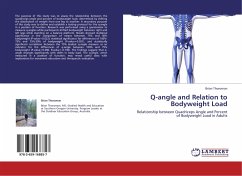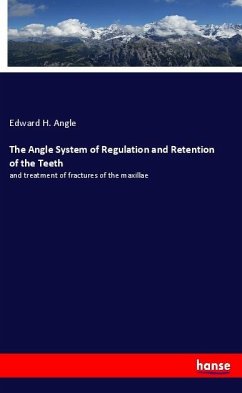The purpose of this study was to assess the relationship between the quadriceps angle and percent of bodyweight load, determined by shifting the distribution of weight from one leg to another. A secondary purpose of this study was to define and establish a testing protocol for the q-angle in a position of function. Research was performed using a goniometer to measure q-angles while participants shifted bodyweight between right and left legs while standing on a balance platform. Results showed statistical significance in the comparison of means between 75% and 50% bodyweight (P-value=0.022); statistical significance for differences of 100%-75% and 75%-50% of bodyweight (P-value=0.021), and statistically significant correlation between the 75% loaded q-angle measure as an indicator for the differences of q-angle between 100% and 75% bodyweight (P-value=0.000, R-value=-0.736). The findings suggest that q-angle changes significantly with shifts in body load. The q-angle, when measured in a position of function, may reveal useful data with implications for movement education and therapeutic evaluation.
Bitte wählen Sie Ihr Anliegen aus.
Rechnungen
Retourenschein anfordern
Bestellstatus
Storno








